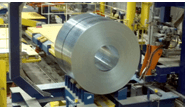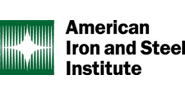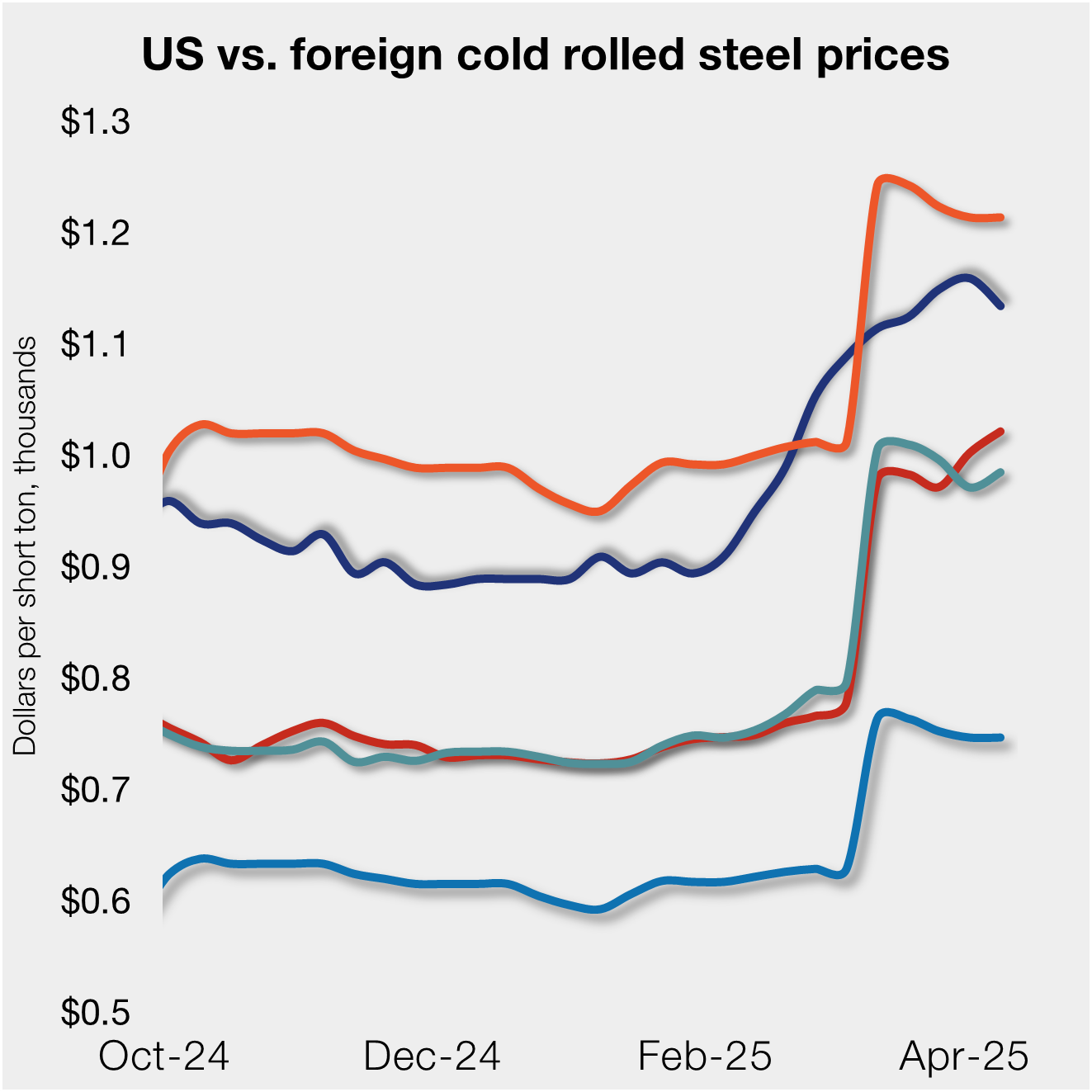Steel Products

Jump in Galvanized Price Surprises HARDI Wholesalers
Written by Tim Triplett
September 22, 2020
Wholesalers who sell HVAC and galvanized steel products to the construction sector have been pleasantly surprised by the resilience of demand in a market dealing with the COVID pandemic. They have been downright shocked by the spike in galvanized steel prices, which have jumped by about $7/cwt or $140 per ton in just the past 4-6 weeks.
Steel Market Update’s check of the market this week puts the average spot price for base price galvanized at $770 per ton, up from a low of $630 per ton in late July.
“Production numbers are up, lead times are long, and it is definitely a seller’s market at this point,” said one member of the Heating, Air Conditioning & Refrigeration Distributors International on a conference call this morning. Members of the trade group are generally optimistic about demand and prices holding up through the end of the year, but are concerned about a possible slowdown early next year.
In addition to healthy demand, several factors have contributed to the higher galvanized steel prices. Supplies have been tightened by outages, both planned and unplanned, at various mills. The strike at NLMK’s Farrell, Pa., mill has slowed production there. Ferrous scrap prices have been on the rise for the past couple months due to tight supplies and strong export demand. Mills have increased their coating extras by more than 15 percent to compensate for higher zinc prices. “With the supply side fundamentals on their side, the mills are doing what they always do, they’re raising prices,” said one executive.
Buyers responding to Steel Market Update’s recent checks of the market report improving demand in some sectors (such as automotive and residential construction), but weaker demand in others (such as energy and commercial construction). “The big question in the market is whether the current upswing in prices is more about tight supplies of certain products and less about demand really taking off. There is some uncertainty and hesitation to build inventory,” said SMU Senior Editor Tim Triplett. “Eighty-five percent of the service centers tell us they are raising prices to their customers, so the price increases from the mills are getting a lot of support from distribution. That should give some staying power to the upward price trend we are seeing as we head toward the end of the year.”
ARTICLE CONTINUES BELOW
{loadposition reserved_message}
Commented one wholesaler in the Midwest: “We all expected prices were headed up, but not to the degree that they did over such a short period of time. Strong demand in September will more than offset mild softness in August. But more contractors are referencing a weaker backlog of work on the books. We view that will some unease. We expect prices to remain elevated through the remainder of 2020. The challenge now is on the other side of the coin, determining how much steel to buy at these elevated prices.”
“It’s a precarious position to be buying at these high pricing levels facing a possible Steelmageddon scenario in the first quarter,” agreed another HARDI member. (Steelmageddon refers to the theory that the mills are poised to add too much production, oversupplying the market and driving down steel prices.) “Demand is OK, but our customers are not exceptionally bullish in terms of their outlook and backlogs moving forward. So, we are just tiptoeing through the eggshells trying to figure out when demand may start to shrink back a bit. We continue to be pleasantly surprised.”
“Most of our commercial contractors don’t see as strong a backlog going into the end of the year and into the first quarter,” added another exec on the call. “However, residential construction remains strong in the West. New housing starts have been a blessing to demand. Some shrewd contractors will be looking at this closely and may take a position [in steel] to shore themselves up for the rest of the year.”
A poll of the HARDI members on the call shows the majority expect galvanized prices to rise by at least another $1.00/cwt or $20 per ton in the next 30 days. Six months from now, their consensus view is for galv prices to be lower than today, perhaps substantially lower.
Steel Market Update participates in a monthly steel conference call hosted by HARDI. The call is dedicated to a better understanding of the galvanized steel market. The participants are HARDI member companies are wholesalers who supply products to the construction markets, also on the call are service centers and manufacturing companies that either buy or sell galvanized sheet and coil products used in the HVAC industry and are suppliers into the HARDI member companies.

Tim Triplett
Read more from Tim TriplettLatest in Steel Products

AISI: Raw steel production levels off near six-month high
The volume of raw steel produced by US mills remained relatively flat last week, maintaining the rebound seen one week prior, according to the American Iron and Steel Institute (AISI). Previously at the second-highest rate of the year, production continues to hold at one the strongest levels recorded over the last six months.

Nucor keeps HRC price unchanged
Nucor has kept its weekly hot-rolled (HR) coil price flat this week, after a marginal cut the previous week.

SMU flat-rolled market survey results now available
SMU’s latest steel buyers market survey results are now available on our website to all premium members. After logging in at steelmarketupdate.com, visit the pricing and analysis tab and look under the “survey results” section for “latest survey results.” Past survey results are also available under that selection. If you need help accessing the survey results, or if […]

CRU tariff webinar replay now available
CRU’s latest webinar replay on how Trump’s tariffs affect the global steel market is now available on our website to all members. After logging in at steelmarketupdate.com, visit the community tab and look under the “previous webinars” section of the dropdown menu. You’ll find not only this special CRU webinar but also all past Community […]

US, offshore CRC prices diverge
US cold-rolled (CR) coil prices declined this week, slipping for the first time since early February. Most offshore markets deviated, moving higher this week.
